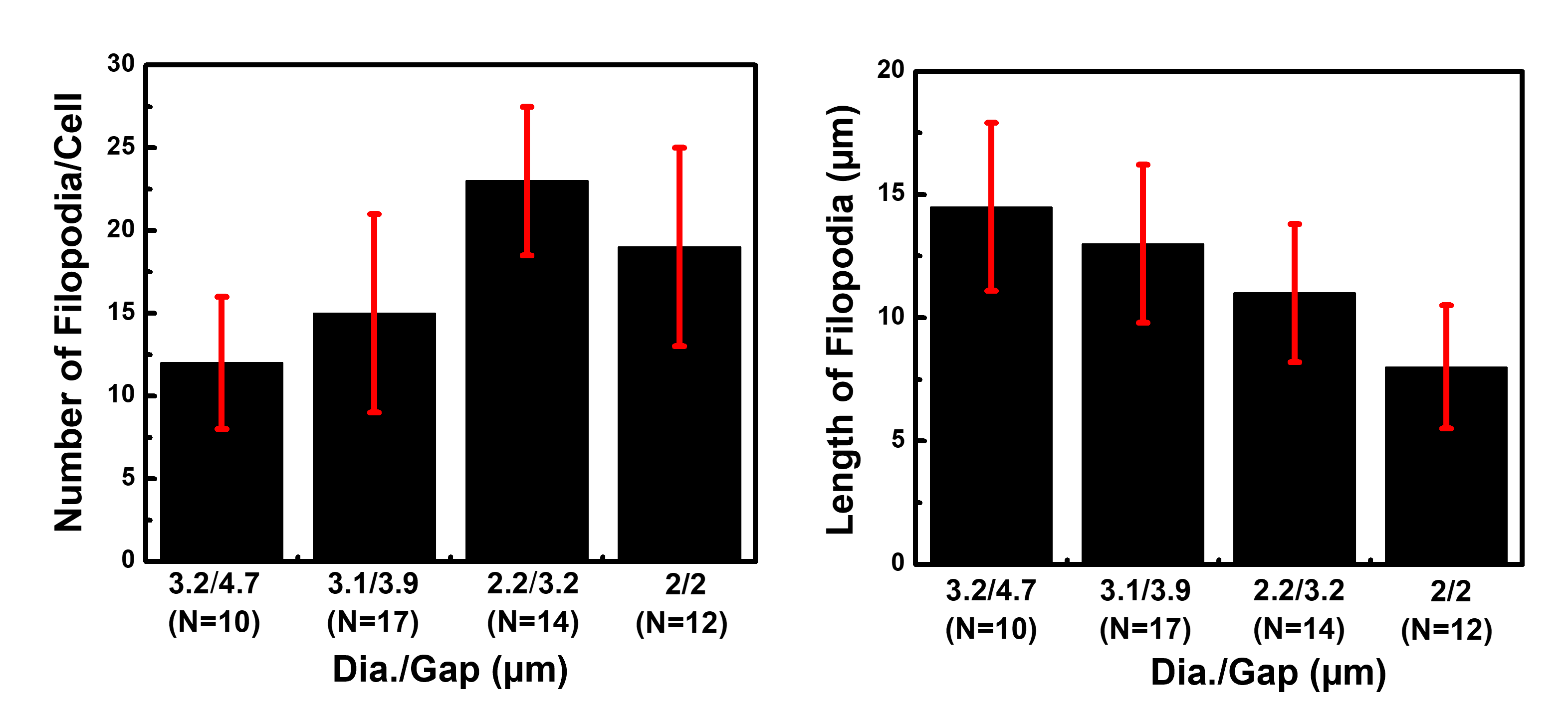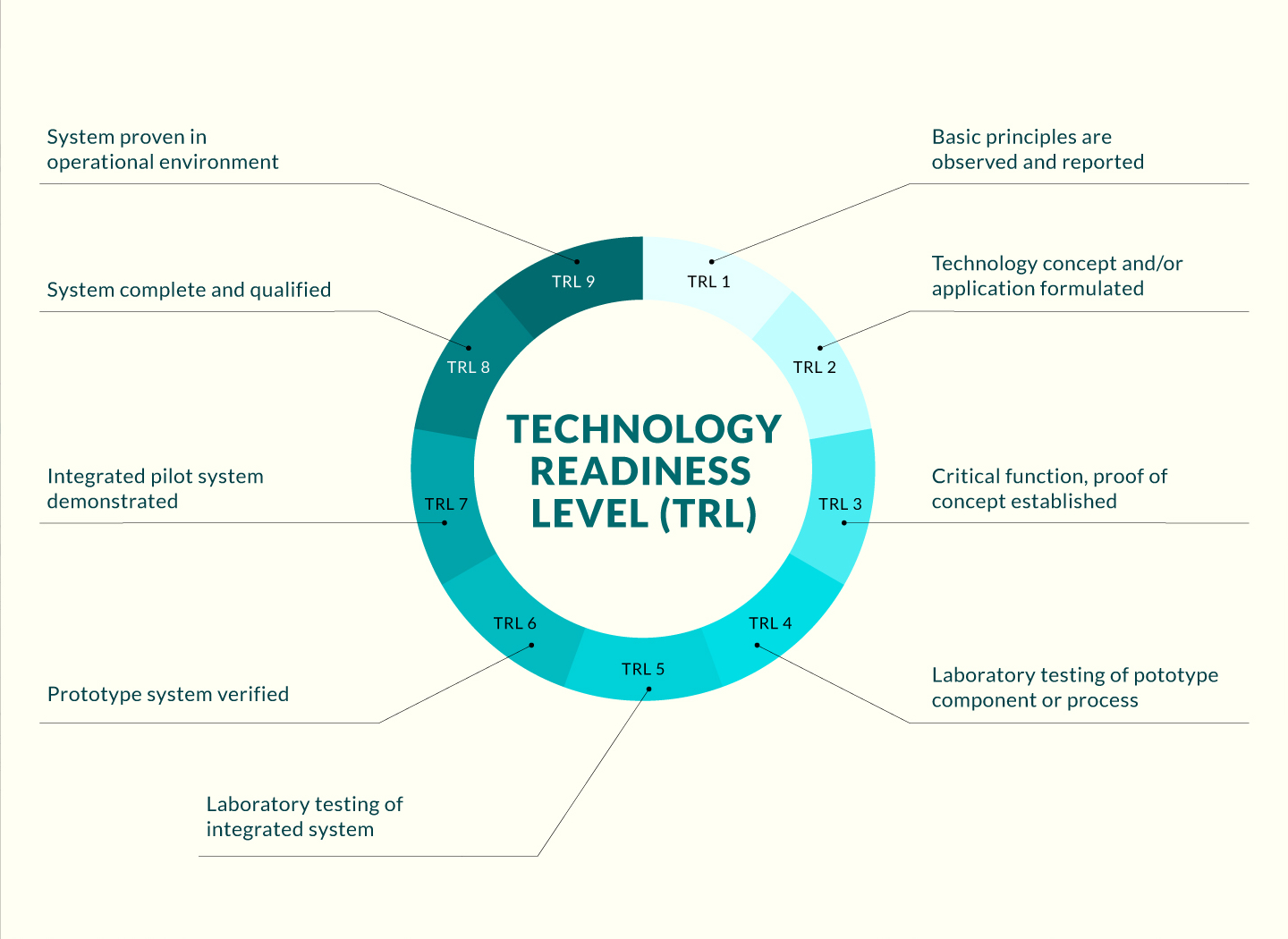Link Copied.
Design and Nanofabrication of Highly Sensitive Plasmonic Sensors for Biomedical Cell and Molecule Detection

Health & Wellness
Biomedical and Genetic Engineering/Chemical Products
Nanotechnology and New Materials



Opportunity
This microfluidic apparatus comprises an array of highly sensitive plasmonic biosensors and a separator, designed to detect nanometer-sized protrusions from cells, facilitating effective disease screening and diagnosis.
- Compact system suitable for point-of-care applications
- User-friendly operation, eliminating the need for medical personnel
- Cost-effective nanoimprint technology, facilitating mass production
- Highly sensitive biosensors for unique detection of nanometer-sized biomolecules
- Enables early disease detection and diagnosis
- Applicable to a variety of diseases
Technology
The invention features an engineered platform equipped with an array of plasmonic sensors on a base, serving as a biosensor for cell and biomolecule detection. Additionally, a separator is positioned atop the biosensors to distinguish cell protrusions from cell bodies, enabling the detection of nanometer-sized filopodia separated from micrometer-sized cell bodies for the first time.
- Compact microfluidic system
- Nanoimprint technology for stacking multiple layers
- Plasmonic sensor for nanometer-sized biomolecule detection
- Separator to distinguish micrometer-sized cell bodies from nanometer-sized cell protrusions
- First time sensing of filopodia from cells for disease screening and cancer diagnosis
- Compact system suitable for point-of-care applications
Advantages
- First time demonstration of biosensing at nanometer dimensions
- High sensitivity due to advanced plasmonic sensors
- Compact microsystem that can be mass produced at low cost
- The only microfluidic system capable of distinguishing cell protrusions from cell bodies
- Low noise system for detection based on shift of resonance peaks
Applications
- Compact, user-friendly, portable microsystem for point-of-care applications
- High-sensitivity biosensor for early disease screening and diagnosis
- Cost-effective production of plasmonic detector in integrated microfluidic system
- Detection of nanometer-sized filopodia and biomolecules
- Applicable to multiple diseases, including cancer
Remarks
1. International Exhibition of Inventions of Geneva (IEIG) 2024 - Gold Medal with Congratulations of the Jury
2. International Exhibition of Inventions of Geneva (IEIG) 2024 - Special Award
3. Silicon Valley International Invention Festival (SVIIF) 2024 - Gold Medal
2. International Exhibition of Inventions of Geneva (IEIG) 2024 - Special Award
3. Silicon Valley International Invention Festival (SVIIF) 2024 - Gold Medal
IP Status
Patent granted
Technology Readiness Level (TRL)

6
Inventor(s)
Questions about this Technology?
Contact Our Tech Manager
Contact Our Tech Manager
Design and Nanofabrication of Highly Sensitive Plasmonic Sensors for Biomedical Cell and Molecule Detection


